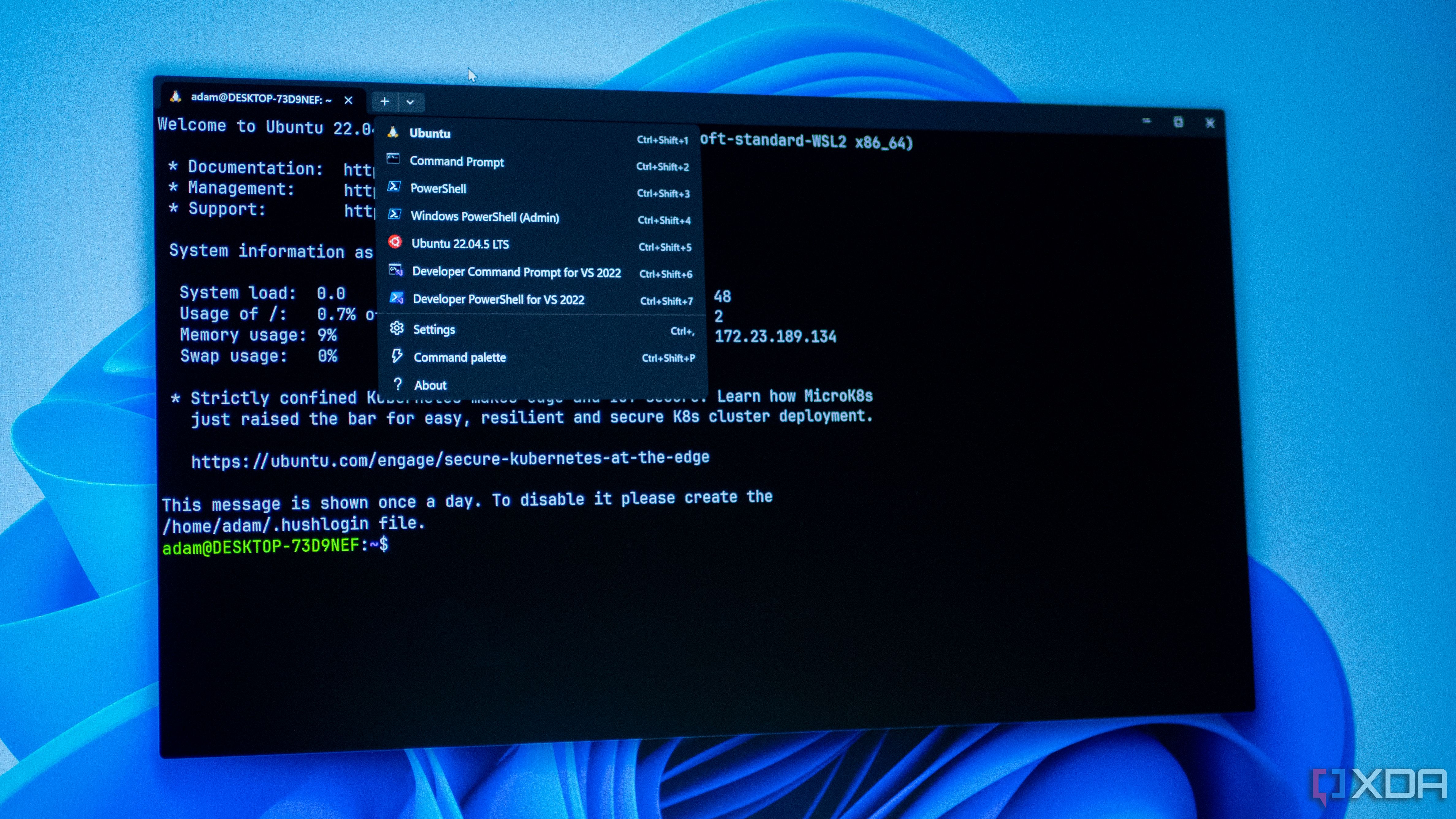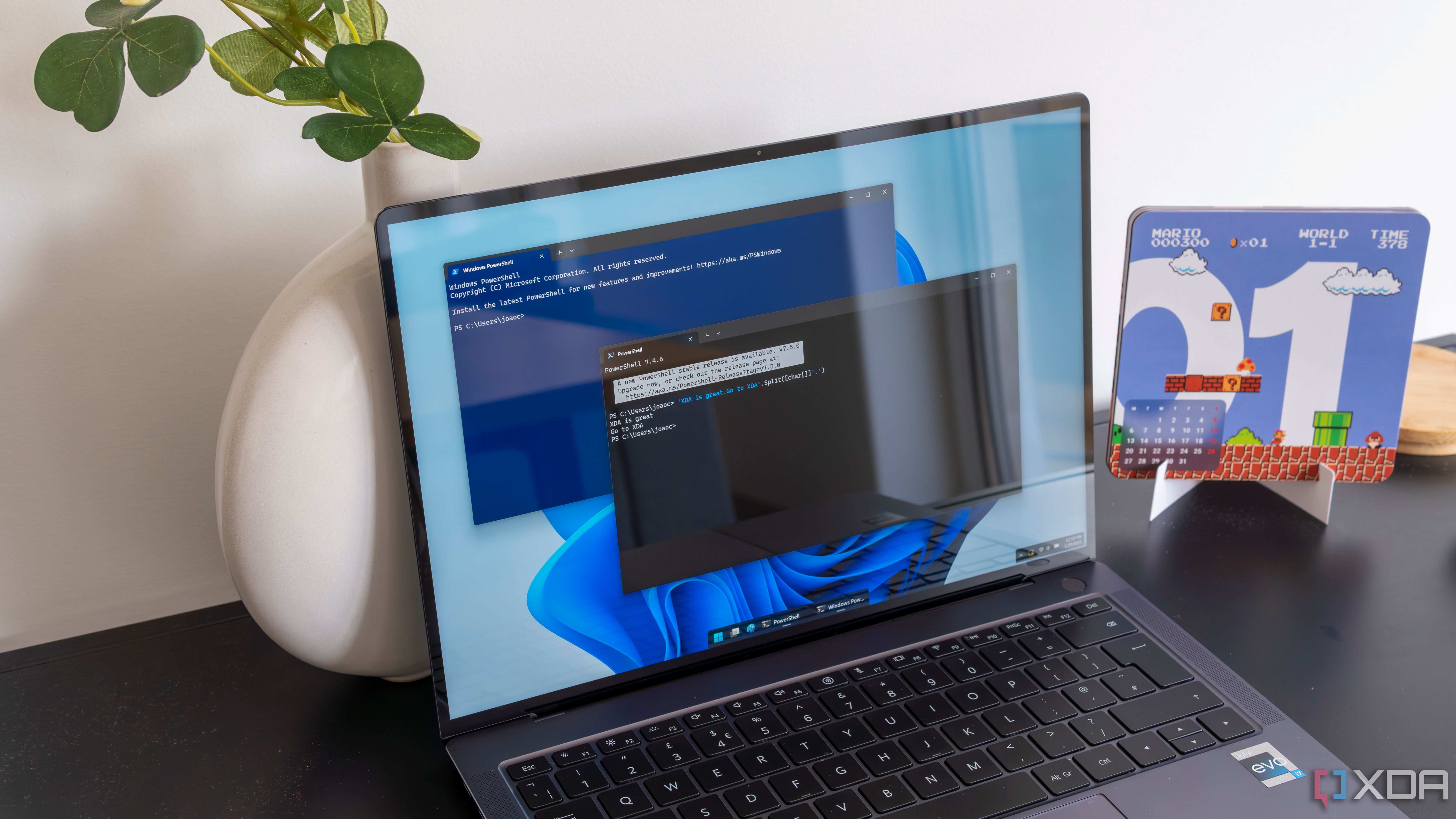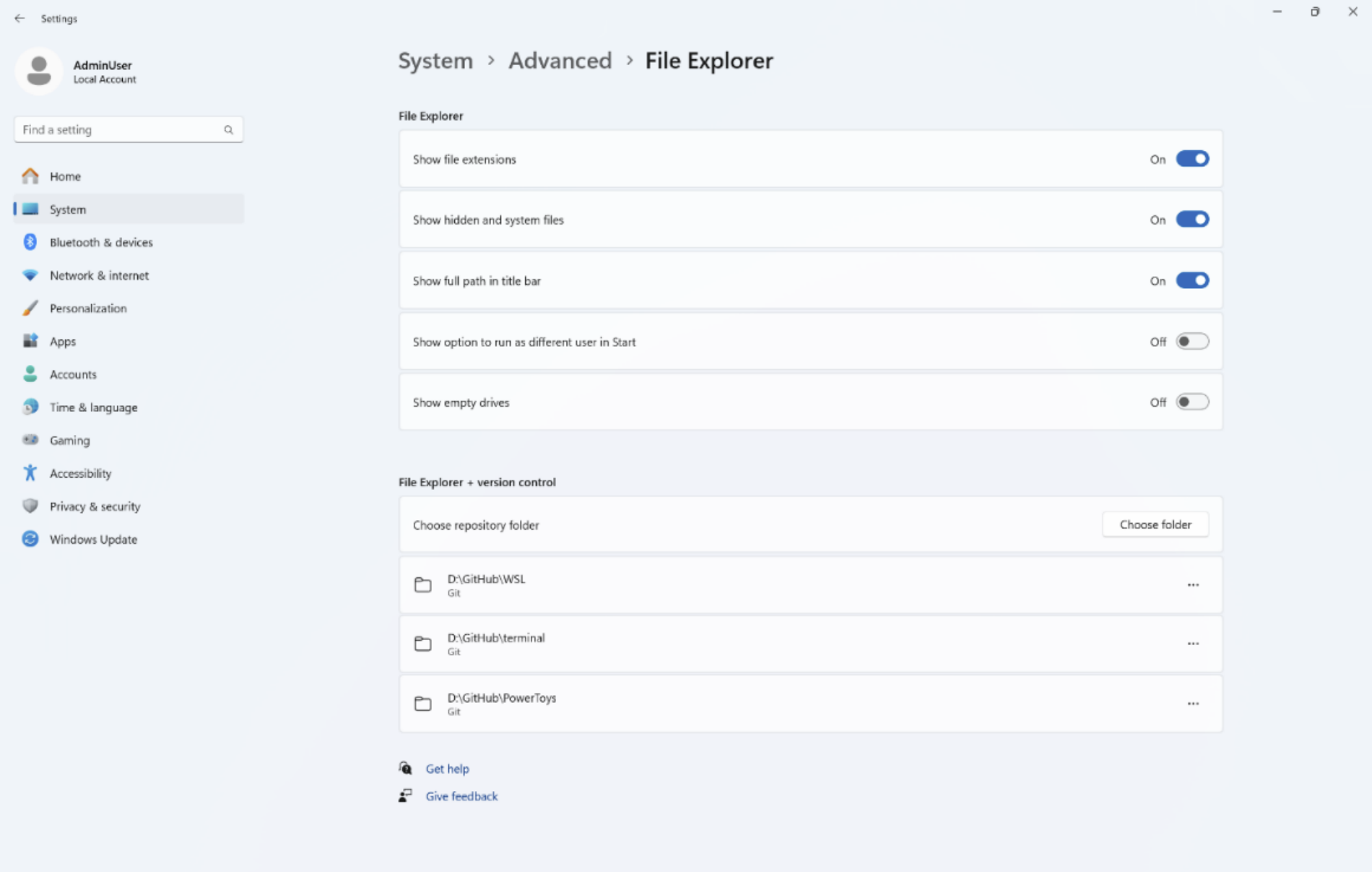As part of its range of announcements coming from the Build developer conference this year, Microsoft has revealed the the Windows Subsystem for Linux is going open-source. After nine years, it's becoming possible for anyone to inspect, build, and modify the WSL code to add new features and fixes.

Related
WSL is the best feature added to Windows in the last decade
There have been a lot of features added to Windows over the years, and WSL is arguably the best.
Microsoft introduced the Windows Subsystem for Linux back in 2016 for Windows 10, roughly nine years ago. When the project was published on GitHub — without its source-code — the first ever issue submitted by users was titled "Will this be Open Source?". At the time, Microsoft had only said it wasn't opposed to the idea, but until today, there was no definitive answer.
Now, there is, and it's a positive one. Starting today, you can find the code for WSL on the GitHub project page. This is the result of a continuous journey that has seen Microsoft rework WSL over the years, moving from a pico process provider (lxcore.sys) to a including the proper Linux kernel in itself for better compatibility, and then later decoupling WSL from the operating system itself. The current implementation of WSL has components that live in Windows and some that live inside the Linux virtual machine.
After today, only a couple of components are not open-source: the lxcore.sys, the driver that's used for WSL1, and P9rdr.sys and p9np.dll, a pair of files that enables filesystem redirection from Windows to Linux.

Related
4 tools I run in WSL that are better than their Windows counterparts
WLS allows you to run Linux distributions in Windows. It's no wonder that the apps running in WSL are faster and more efficient.
Windows is getting a CLI-based text editor
There's even more exciting news for developers, too. Microsoft has announced that Windows will soon begin shipping with a command line-based text editor, simply called Edit. The goal is to make it easier for developers to be able to edit text files without even having to leave their terminal windows, saving even more time while providing a familiar UI.
This is especially exciting news because many would argue Microsoft has kind of ruined the point of Notepad over time. What used to be a great tool for this kind of thing has become somewhat bloated with AI features, and Edit seems to be the cure for that. it will be coming to Windows Insiders in the next few months.
More accessible advanced settings

Image credit: Microsoft
Other interesting news for developers include something called Windows Advanced Settings. This is a dedicated section of the Settings app for developers and power users to configure certain advanced features in one centralized location. One big example Microsoft highlights is enabling File Explorer with GitHub version control, so you can set repository folders to track changes.
Microsoft didn't share many more details, but the provided screenshot also shows features like showing the full path in the File Explorer title bar, or showing an option to run an app as a different user in the Start menu. Insiders should see this feature soon.
.png)












 English (US) ·
English (US) ·